The Biggest Secret of Silent Hill 2 Has Been Solved

October 8, 2024 witnessed the highly anticipated Silent Hill 2 Remake finally making it out, immediately sparking debate about the Biggest Secret of Silent Hill 2. Years of speculation and potential that it would be a worthy successor to the original masterpiece have witnessed the overall reception be good and successful.
Although we may debate its critical success or commercial performance, one thing has truly captivated the imagination of oldtimers and newcomers both: the resurgence of age-old fan hypotheses.
Popular questions and speculations from the early days of the fandom are being revisited:
Is Mary's letter genuine, or is the town inhabited?
What exactly is Pyramid Head?
Are the red squares significant?
It appears that nearly every interesting tidbit and trending topic of conversation from years ago is open for discussion again by new players experiencing the Silent Hill 2 Remake and the franchise as a whole for the very first time. The nature of this back-and-forth means that now is the ideal time to officially delve into the Biggest Secret of Silent Hill 2: the Loop Theory.
The History of the Loop Theory and Developer Intention
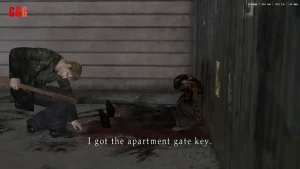
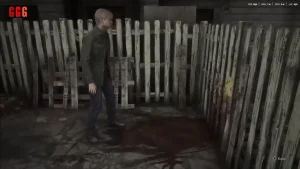
In order to understand the Loop Theory, we must look back at the initial Silent Hill 2 release in 2001. We did not have the profound insight and extra information that we now take for granted, such as official guides, developer interviews, and social media discourse, then.
Today, the majority of sources have practically established that such visions as the appearance of corpses with faces like James Sunderland throughout the town are just manifestations of James's subconscious. The spiritual aura of the town is pressuring his inner desire upon him, enabling him to see his suicidal tendencies and death fear without James ever noticing that his own appearance is identical with that of the deceased. This indicates the untainted force of his delusion.
But well over two decades ago, before authoritative works like The Silent Hill Chronicle or direct statements from the developers solidified this intention, some fans did the opposite. They assumed that the bodies scattered throughout the world around suggested James's earlier, failed attempts at completing his trials. He was then trapped in an infinitely looped purgatory in the town, doomed to constantly relive his agony.
This theory posed intriguing narrative questions to early viewers:
Is it literally possible for a person to die in Silent Hill?
If the purpose of this town is to punish sinners, wouldn't it keep them alive indefinitely to torment them for all eternity?
What if James attempted the Rebirth ending's ritual and something failed, and the entire cycle simply repeated again, only for him to choose the In Water ending in some subsequent loop?
The general premise is that the town—a living purgatory in this instance—is unhappy with the resolution until the "sinner" summoned by it has achieved a final, absolute ending.
Flashbacks to the Past: Remake Evidence for the Loop
The way the game is presented in the Remake is highly suggestive that the team developing the game, Bloober Team, were familiar with and were fans of this specific theory, perhaps incorporating elements into their new concept.
Throughout the course of the entire Silent Hill 2 Remake, players can examine some parts of the game that are termed as Glimpses of the Past. They usually come with a static camera shot and a brief musical note.
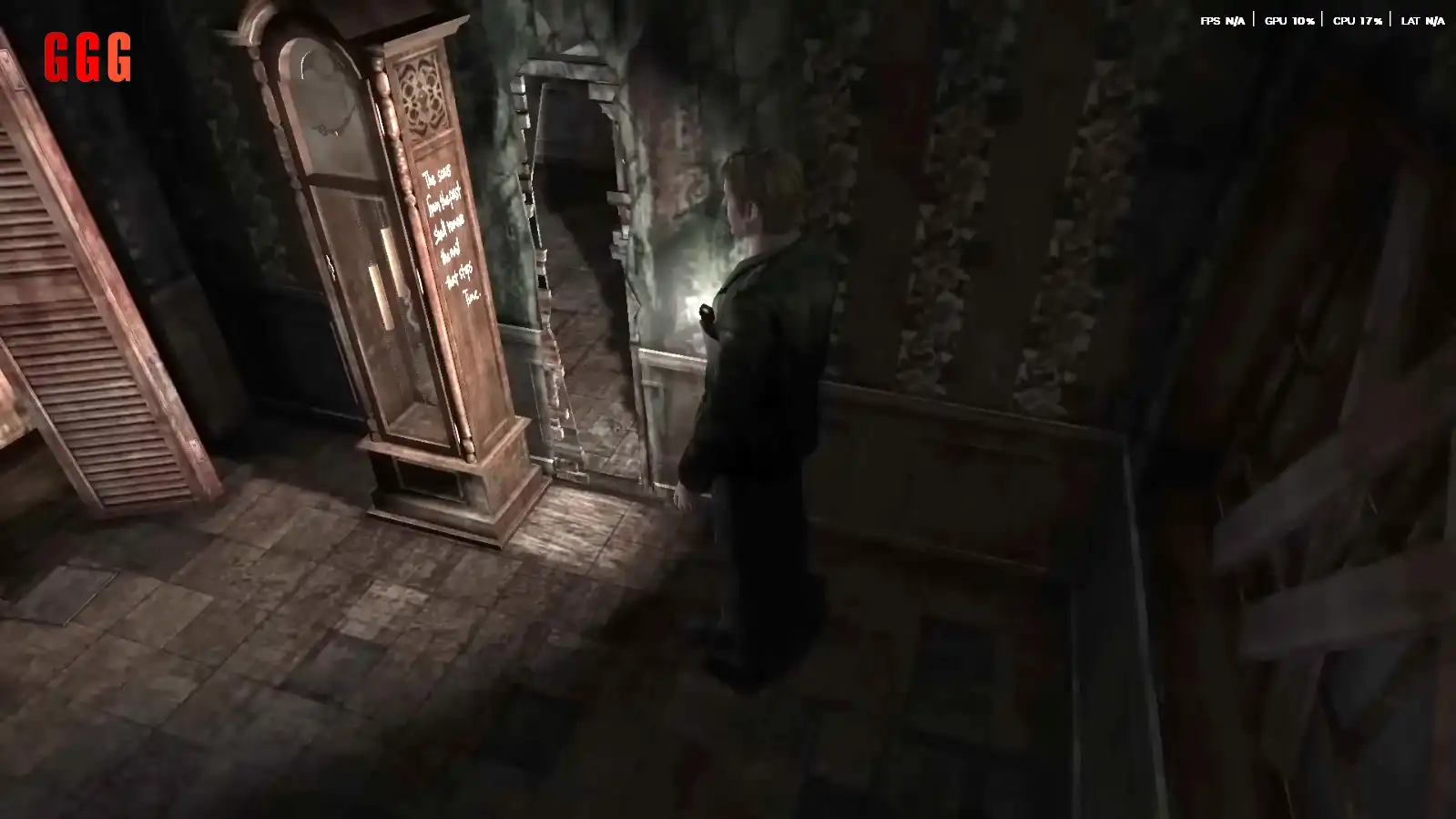
Interpreting the Glimpses
The title speaks for itself since Glimpses of the Past are actual references to parts or sections from the original game that were greatly changed for the Remake, such as:
The initial Lying Figure encounter's original location.
The original location of the grandfather clock puzzle in the Woodside Apartments.
They view them as outright evidence of the Loop Theory, while some theory proponents are of the opinion that these are simply "Easter eggs" or courtesy gestures alluding to the original game. They view them as direct evidence for the Loop Theory. James is, by this theory, unconsciously remembering fragments of his past cycles, which are externalized and expressed in these "Glimpses."
This memory theme is also exhibited by Maria. When one enters the Baldwin Mansion, one can start a conversation dialogue in which Maria describes feeling an ominous sense of familiarity with the structure:
"Yeah, it's just. this house just creeps me out. Not sure why. You ever been in? I'm not sure. It does feel familiar somehow, like. a bad memory."
Because the original game as well as its Born From A Wish sub-scenario, a good portion of which takes place in the Baldwin Mansion and is as it tracks Maria's birth, there are some players who read Remake's dialogue as a story hint that Remake Maria is subconsciously recalling her previous loop experience and meeting with Ernest Baldwin and thus the hesitation to enter the mansion.
The Solved Hidden Message: Official Confirmation?
The most compelling evidence to resuscitate the current hype surrounding the Loop Theory is a deeply hidden Easter egg in the Remake.
During the game, the player will occasionally come across strange photographs with a handwritten title on the front and an encoded number on the back. Credit goes out to Reddit user Dale Robinson and the r/SilentHill community for solving this complex meta-puzzle.
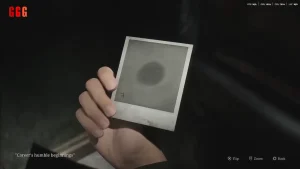
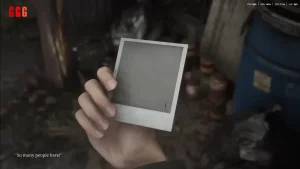
The Decoded Message
The numbering on the back defined the order of the photographs (1, 3, 26, etc.), and with the addition of the number of significant objects in each photo (six open windows, two posts, etc.) and the same letter in the hand written caption, the community was able to decode a hidden message.
The decrypted message is: "It's like I've been here, doing the same things, playing the same games, talking about the same things for two decades."
Libertine's Creative Director Mathias Leonard posted confirmation of the decrypted message on Twitter. When a fan suggested that this message made the Loop Theory "canon" now, Leonard cryptically replied: "Is it?"
Ultimately, the message, by direct reference to the long-standing fan debate, is more of a gesture of goodwill to the devoted fan base than a definitive endorsement of canon. Bloober Team incorporated mentions of theories and even debunked speculation (like the old rumor that the Great Knife would scare off monsters) to enrich the experience. Though it doesn't explicitly validate the Biggest Secret of Silent Hill 2 as canon, this wink of self-reference encourages constructive debate and individual narrative interpretation.

